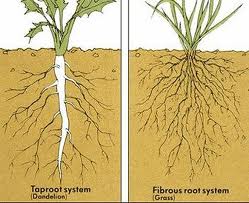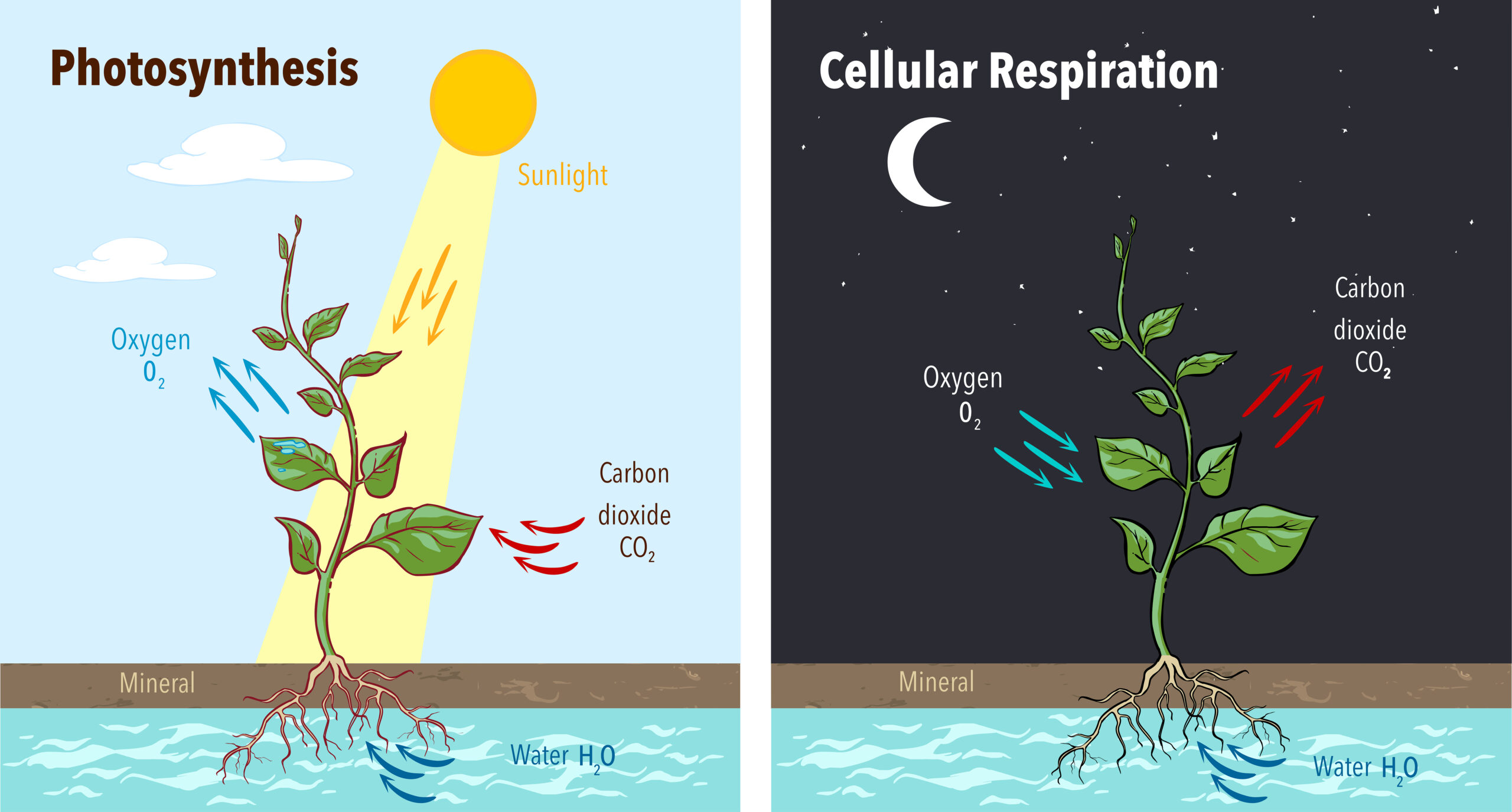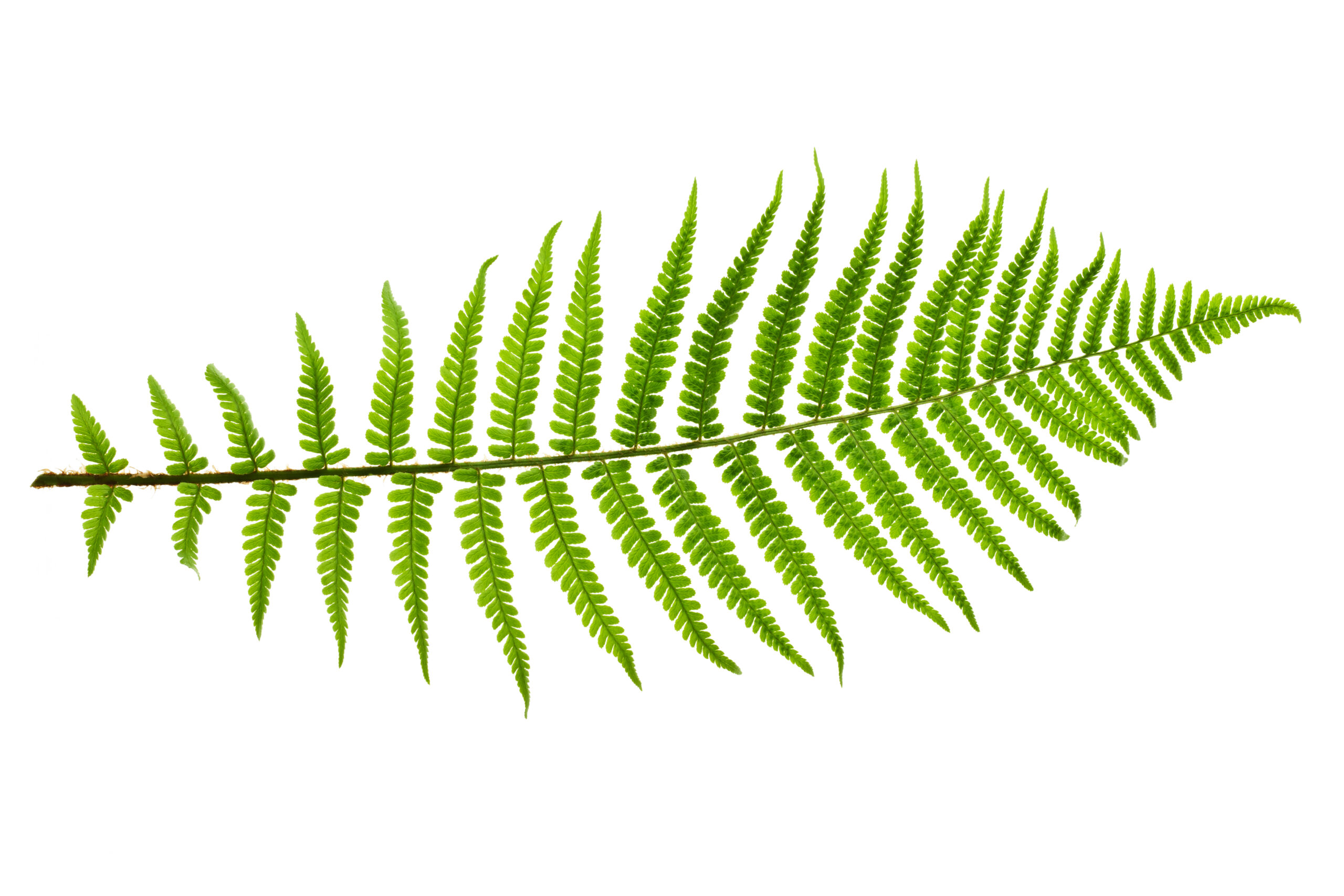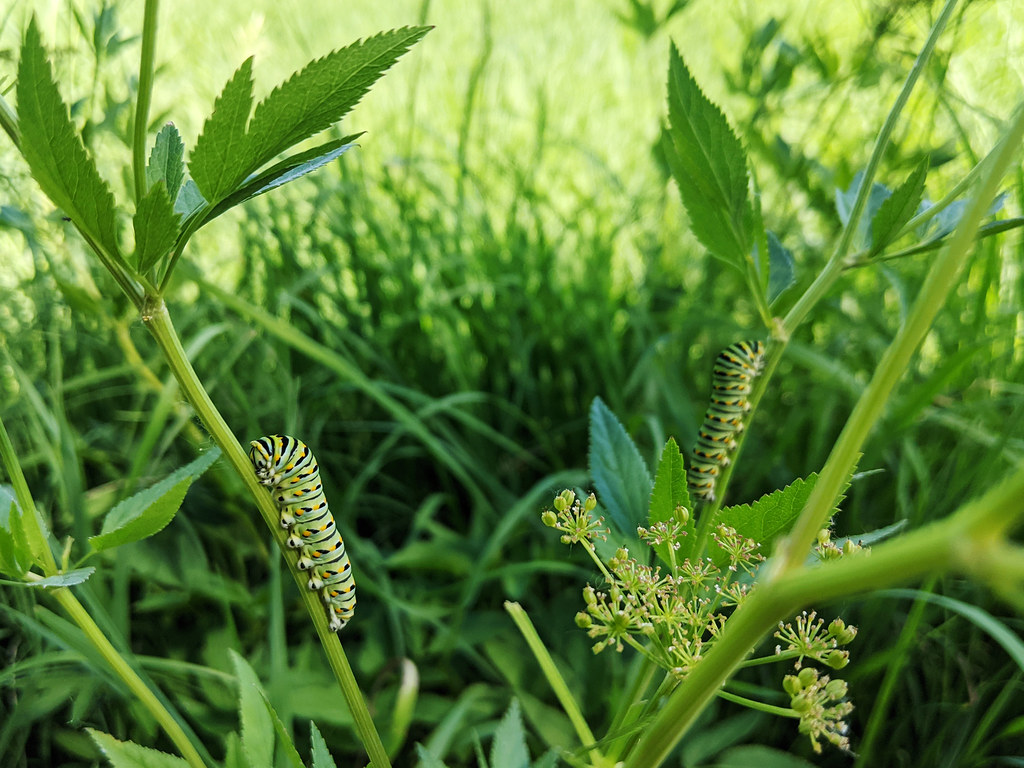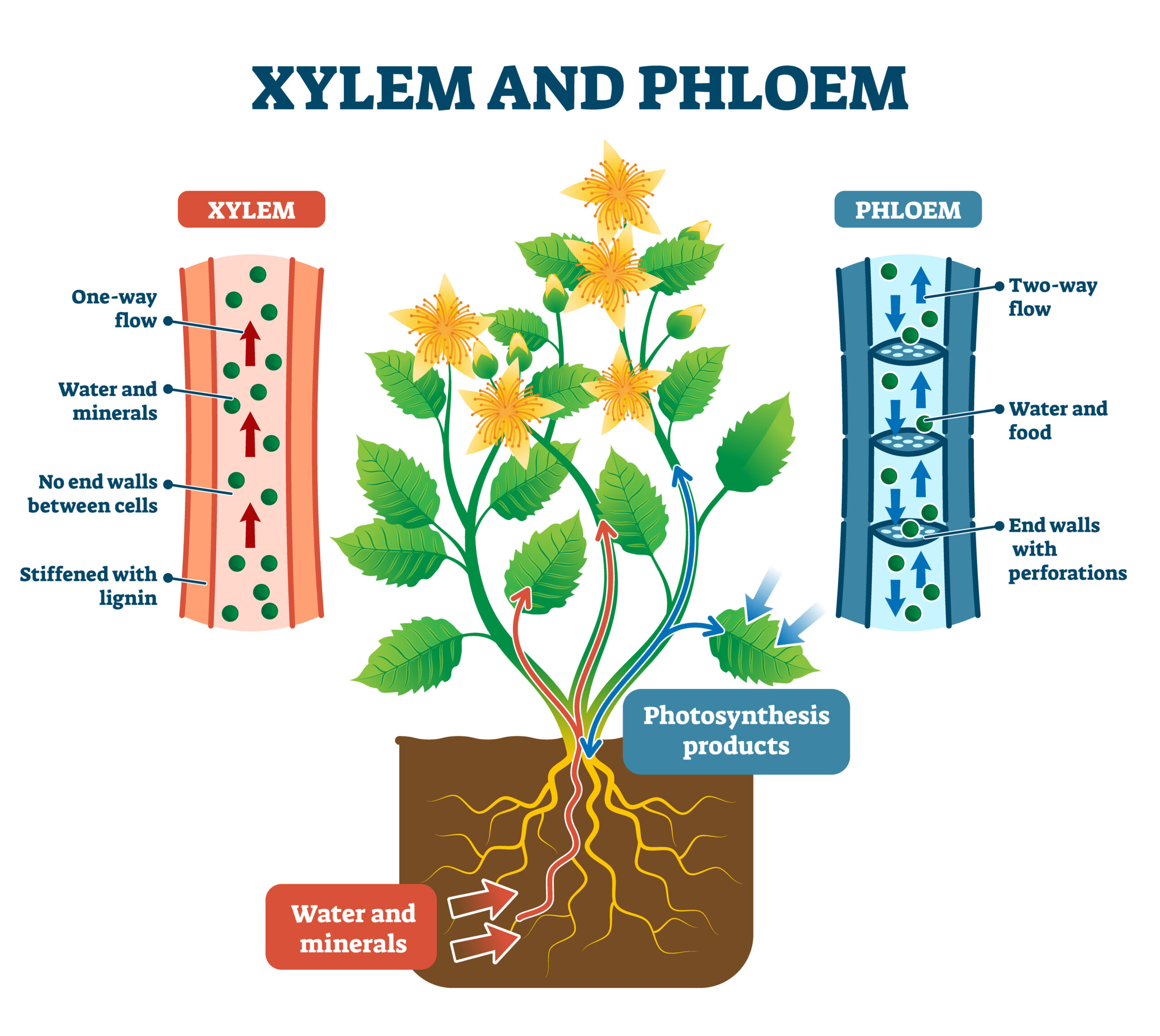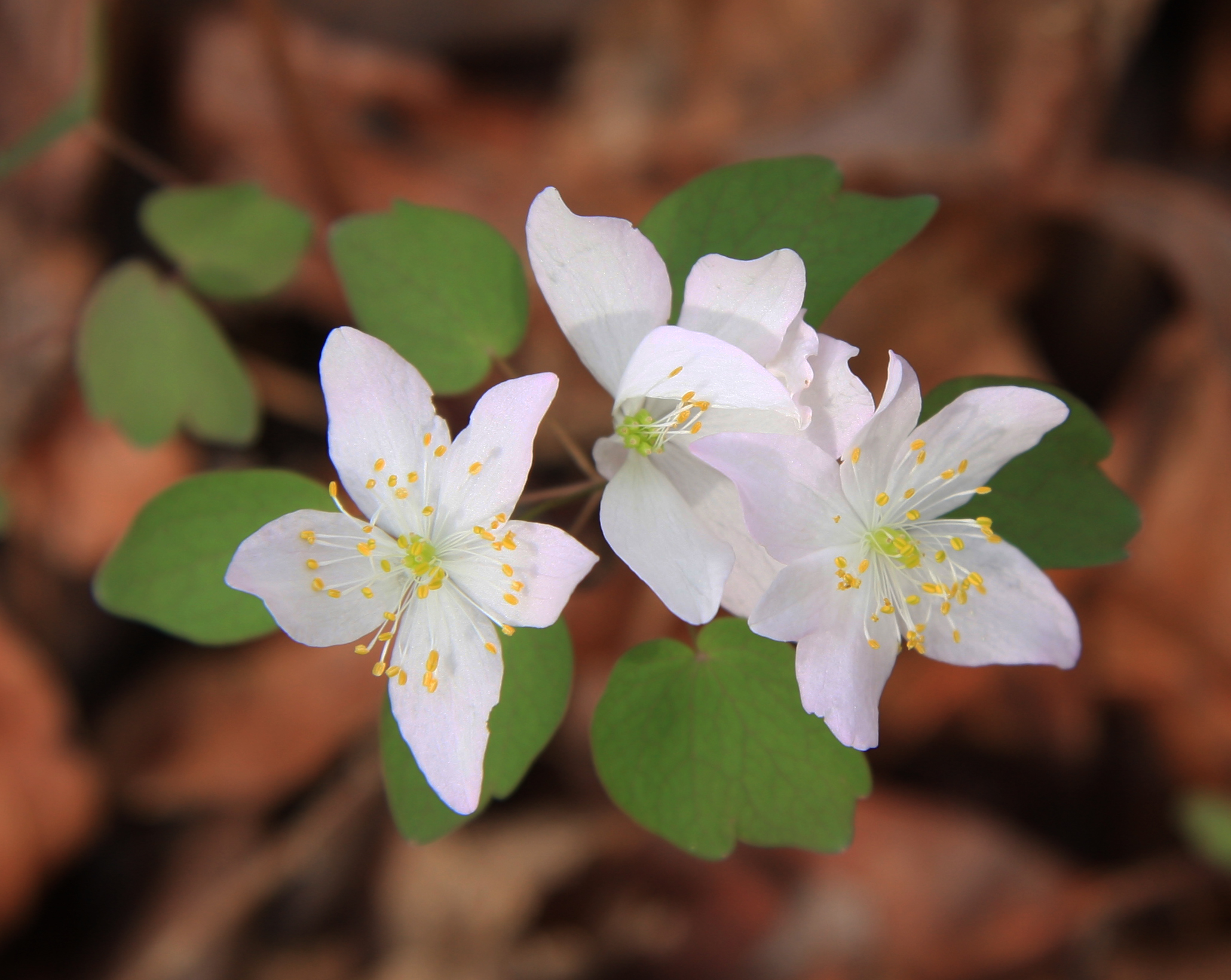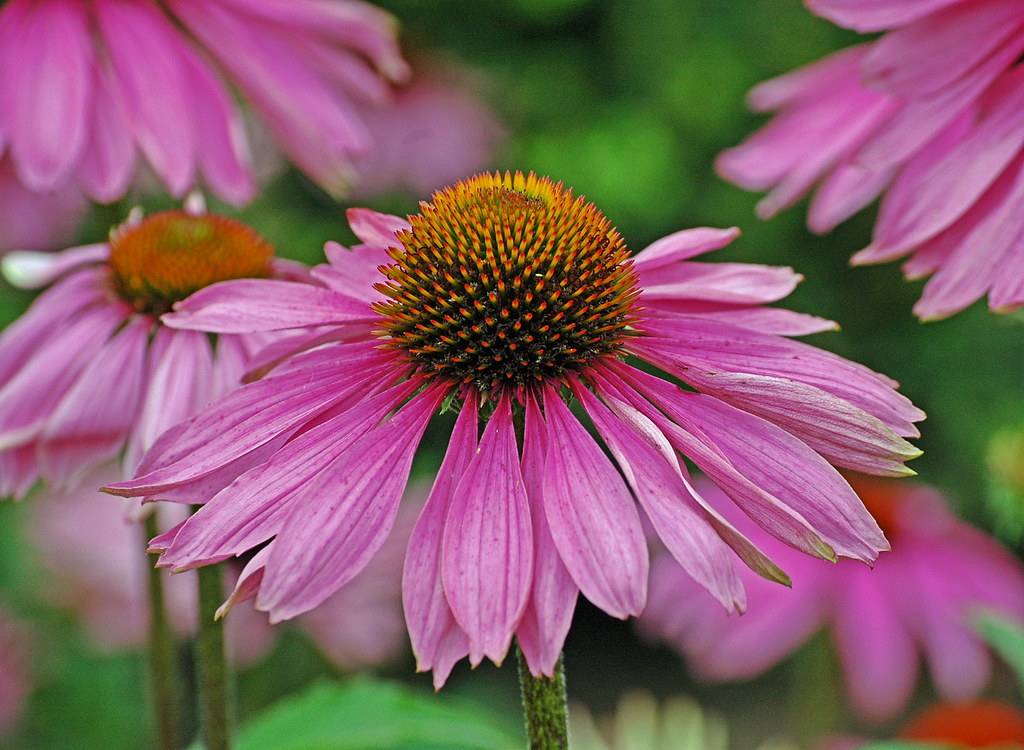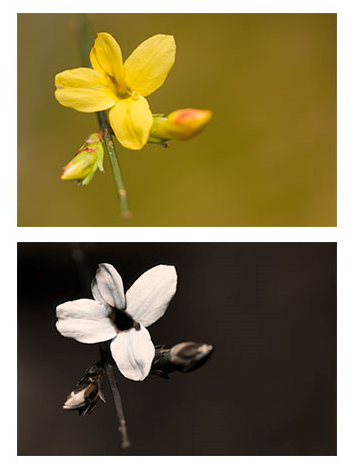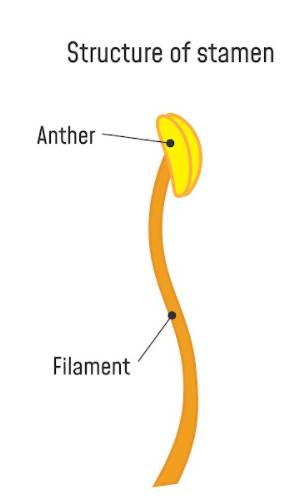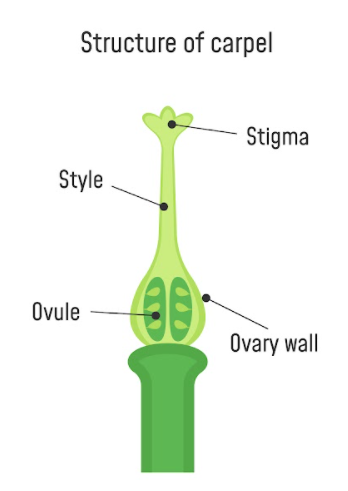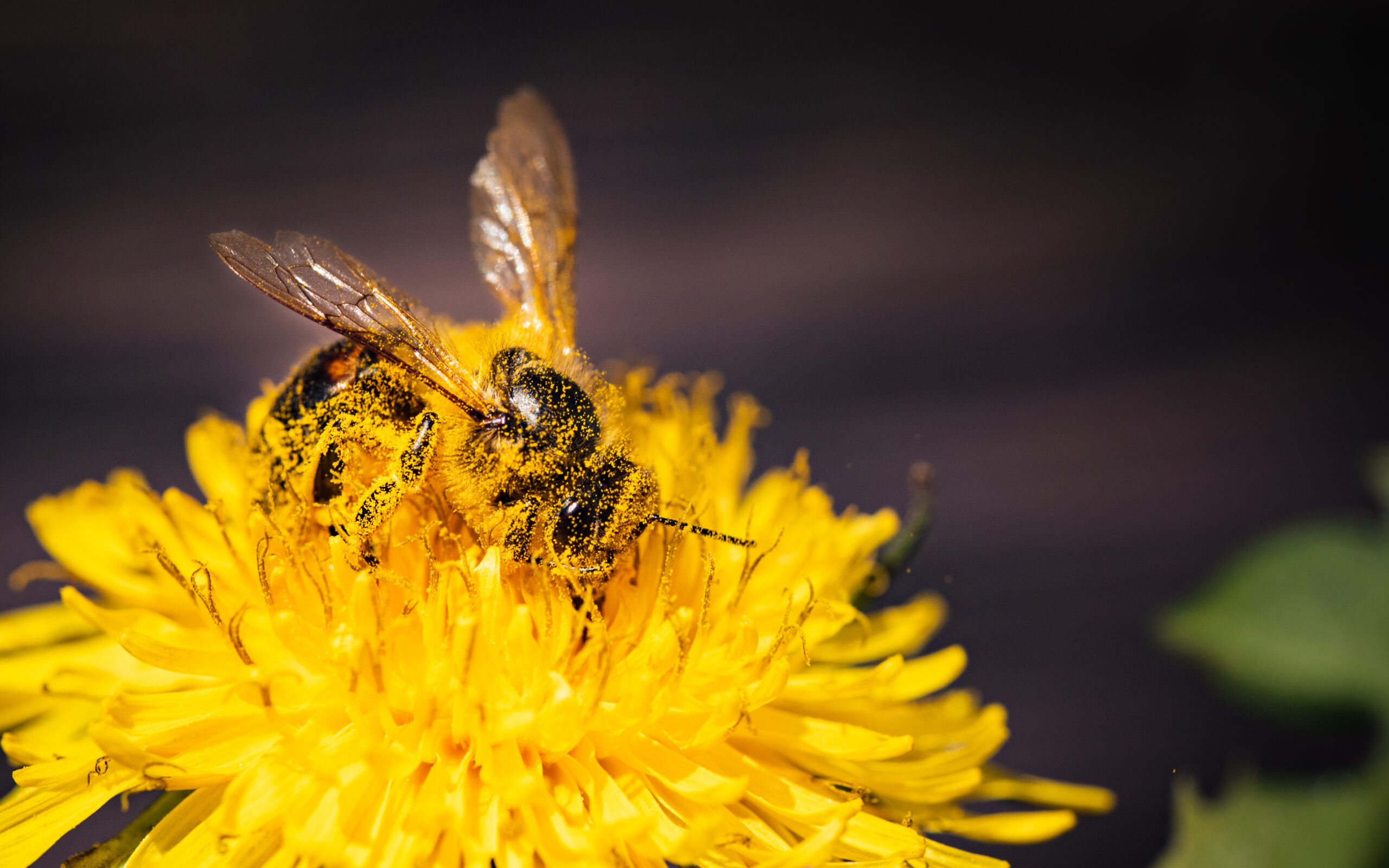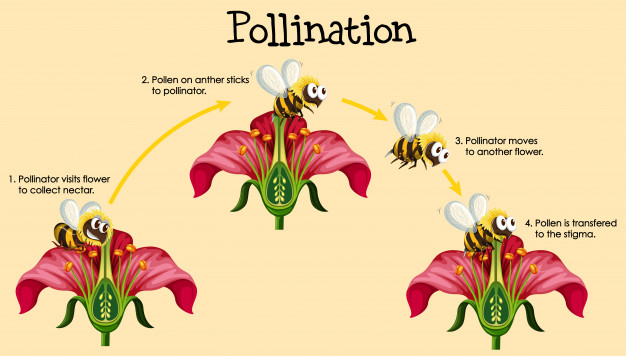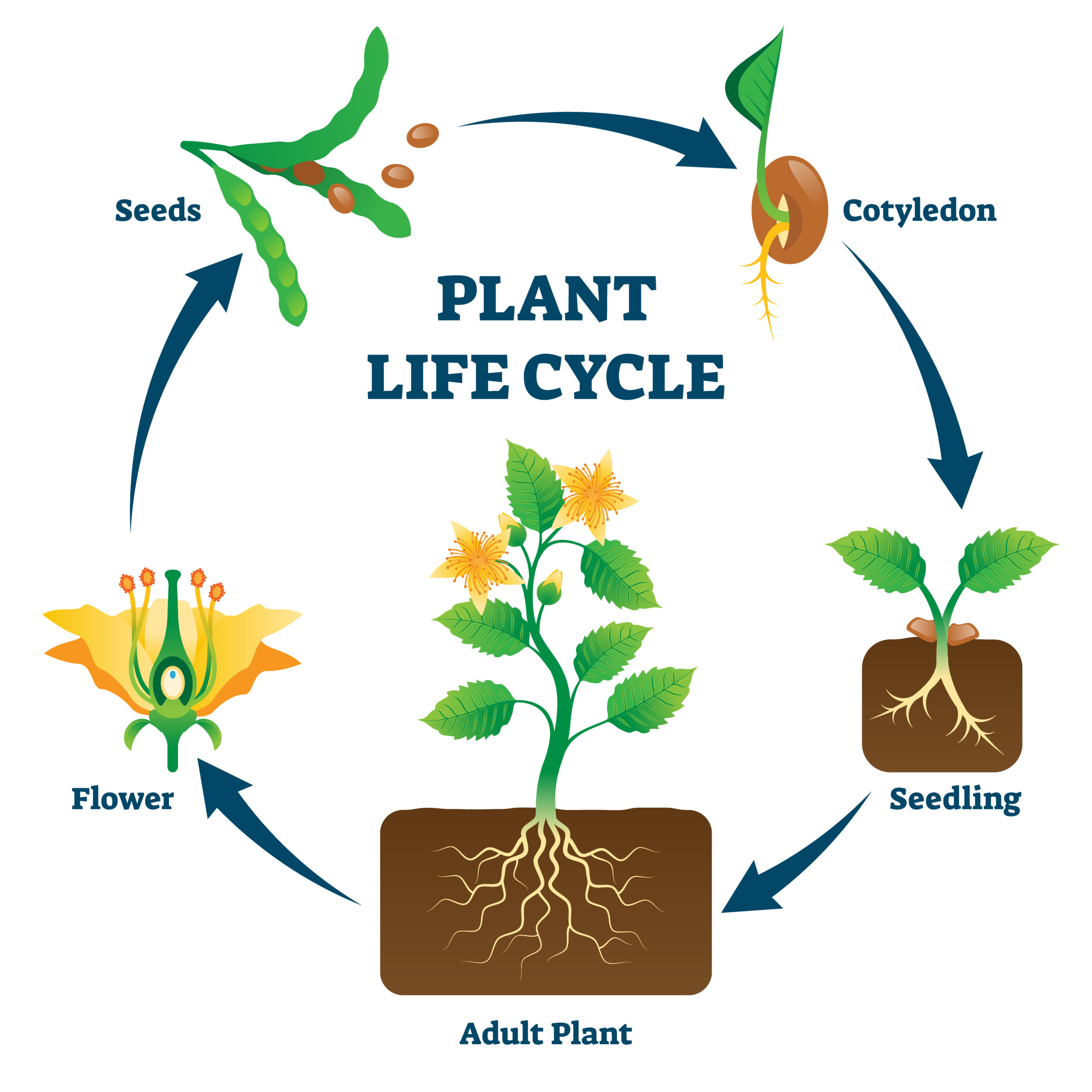| Plant Structures and Functions |
| |
|
|
|
| In order to survive, plants need the basic resources necessary for life. |
| |
|
|
|
| Food |
Water |
Sunlight |
Air |
|
|
|
|
|
| |
|
|
|
| |
|
|
|
| Plants have structures that help with obtaining the resources necessary for life. |
| |
|
|
|
| Roots: |
|
- Plant roots grow underground and take up water and minerals from the soil.
- Roots provide storage for sugars made by the leaves.
- They also help anchor the plant to prevent it from blowing over or washing away.
- Plants may either have a taproot system (one main root that grows downward with several smaller roots growing from the main root) or a fibrous root system (with many threadlike roots, all of which are about the same length).
|
|
Roots
flickr – Science and Plants for Schools
Click on image to enlarge it
|
Root Systems
Wikimedia – Cassandra gonzales
Click on image to enlarge it
|
| |
|
|
|
| Leaves: |
|
- Plants can make their own food using energy from sunlight through a process is called photosynthesis.
- Plant leaves convert water and carbon dioxide (a gas found in the air) into sugars called carbohydrates.
- The leaves also release oxygen (a gas found in the air) back into the environment as a result of the process.
|
- At night, when sunlight is not available for plants to use, they undergo a process called cellular respiration.
- This is the process in which oxygen is used to break down carbohydrates.
- Carbon dioxide and water are released as a result of the process.
|
|
Photosynthesis Diagram
Dreamstime
Click on image to enlarge it
|
|
Leaves
flickr – Live Once Live Wild
Click on image to enlarge it
|
Fern Frond
Dreamstime
Click on image to enlarge it
|
| |
|
|
|
| Stems: |
|
- The stems provide support for the leaves and flowers.
- They also transport water and minerals throughout the plant.
- Stems can be herbaceous (soft and green) or woody, and they can be branched or unbranched.
|
|
Herbaceous Stems
flickr – USFWS Midwest Region
Click on image to enlarge it
|
Woody Stems
flickr – Fredericy County Forestry Board
Click on image to enlarge it
|
| |
|
|
|
| Internal Structures: |
Stems and roots contain tubes for transporting water, minerals, and sugars throughout the plant.
- The xylem transports water from the roots to the stems and leaves.
- As water evaporates through the leaves, the roots take up more water from the soil. This process is called transpiration.
- Phloem transports sugars that were made during photosynthesis from the leaves to the roots and stems.
|
Adobe Stock
Click on image to enlarge it
|
|
|
|
| |
|
|
|
 Investigate Plant Anatomy
Investigate Plant Anatomy






